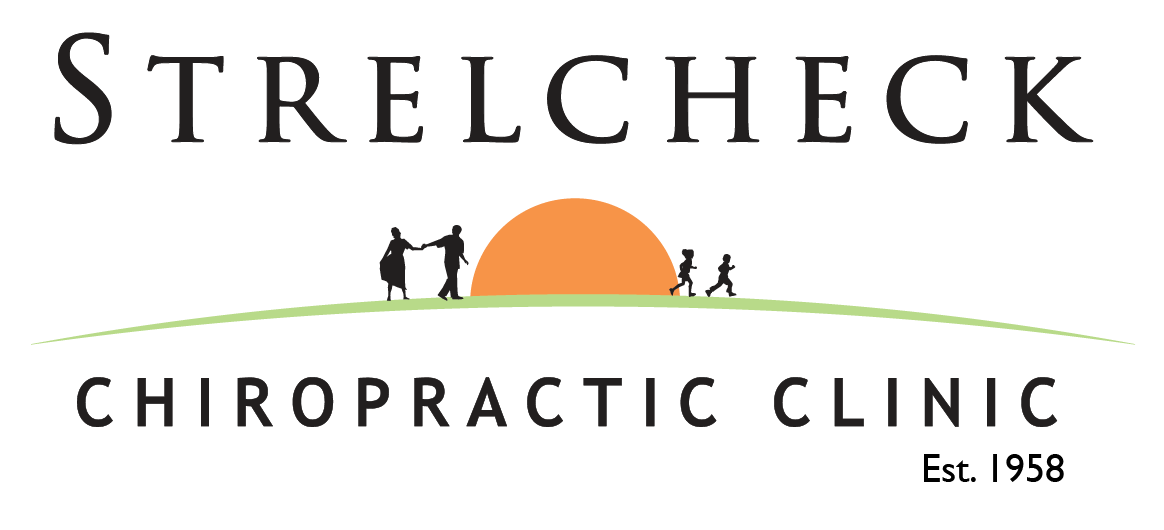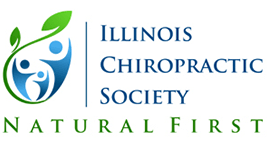Cancer Patients Quality Of Life Improved With Chiropractic Care
An article published in an issue of the Journal of Manipulative and Physiological Therapeutics follows two case studies of patients with various types of cancer. The article follows the chiropractic care and its effects on these patients’ pain and quality of life. The first patient was a 57-year old man with terminal pancreatic cancer. The patient received chiropractic care during the later stages of his disease. In the remaining time the patient had it was documented that the patient had significantly less pain and was able to reduce hid medications. The Journal article summed up this case by stating, “In this case chiropractic care was able to provide significant pain relief, reduce the amount of pain medication being taken (as well as the potential side effects), and temporarily improve the quality of life for a patient with terminal cancer.” The second patient was a 54-year old man recovering from surgery for lung cancer. This patient was continually suffering from upper back pain and had gotten no relief for over one year. At this point the patient began chiropractic care. In this case the patient received immediate relief and was able to discontinue all pain medication after two chiropractic visits. The principles of chiropractic make it plain that the focus of chiropractic care is not to directly treat the patient’s pain but rather assist the body and allow the body’s own healing abilities to work at the person’s maximum potential. These case studies show that ability and the effect on people suffering from serious conditions. The Journal article states it best when it said, “These clinical examples offer 2 specific instances of how chiropractic may improve the quality of a cancer patient’s life.”





